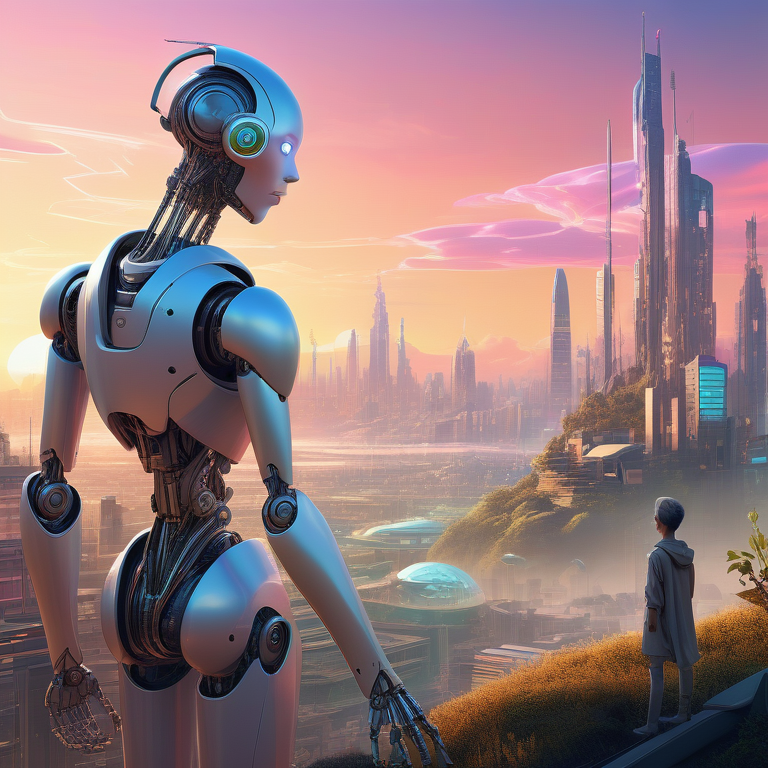The realm of artificial intelligence constantly evolves, and with it, the way we interact with technology transforms. AISEKAI emerged as a new platform that captivated the attention of users on social media, offering a unique space for creating and engaging with AI characters. This blog post explores the rise and fall of AISEKAI, examining its impact on the world of AI companions and what its closure signifies for the future of artificial intelligence in digital entertainment.
The Evolution of AI Characters in Digital Media
AI characters have come a long way from basic chatbots to complex entities capable of carrying on nuanced conversations and even exhibiting a semblance of personality. This evolution in digital media is largely thanks to advancements in natural language processing and machine learning algorithms.
AISEKAI represented a significant leap forward, providing a platform where users could not only interact with pre-built AI characters but also design their own. This level of creative freedom and the potential for deep, personalized interactions set AISEKAI apart and fueled its rapid growth in popularity.
Understanding AISEKAI: A New Era for AI Companions
AISEKAI was more than just an app; it was a digital playground where users could explore companionship and storytelling in a new era of AI development. Users could craft detailed profiles for their AI companions, dictating their personalities, backstories, and even their appearance.
The platform fostered a strong sense of community, with users frequently sharing their experiences, creations, and tips on forums like Reddit and Discord. This community aspect contributed to AISEKAI’s appeal, turning it into a hub for AI enthusiasts and curious newcomers alike.
The Technology Powering AISEKAI
At the heart of AISEKAI were sophisticated AI models, meticulously developed to facilitate realistic and engaging interactions. While the specific details of these models remained proprietary, key developers like “Kamion” and “Slime” frequently engaged with the community, offering glimpses into the technology’s capabilities.
Here’s a simplified look at some of the technology involved:
|
Technology |
Description |
|
Natural Language Processing (NLP) |
Enabled AI characters to understand and respond to user input in a natural way. |
|
Deep Learning |
Powered the AI models, allowing them to learn and improve over time. |
|
Large Language Models (LLMs) |
Provided the foundation for character personalities and conversational abilities. |
Engaging with AI Characters: User Experiences
Users were drawn to AISEKAI for a myriad of reasons. Some enjoyed the creative freedom of designing their ideal AI companions, crafting intricate narratives, and exploring different relationship dynamics. Others appreciated the opportunity to engage in conversations that felt remarkably human, finding comfort or companionship in their AI interactions.
AISEKAI cultivated a space for users to explore their imaginations and experiment with storytelling in a judgment-free environment. The platform’s emphasis on user-generated content fostered a diverse range of AI characters, each reflecting the unique creativity of its creator.
Conclusion
As we delve deeper into the world of AI characters, it’s evident that AISEKAI represents a groundbreaking shift in the dynamics of human-computer interactions. The evolution of AI companions has revolutionized digital media and user experiences. By understanding the technology behind AISEKAI, we can appreciate the immersive potential it offers. Engaging with AI characters opens up new realms of possibilities and challenges traditional notions of interaction. As we navigate this new era, the fusion of technology and storytelling continues to shape narratives and redefine the boundaries of virtual companionship.






Leave a Reply